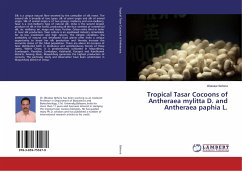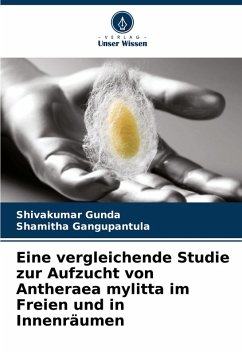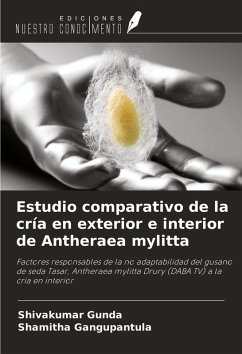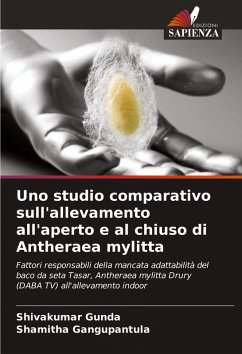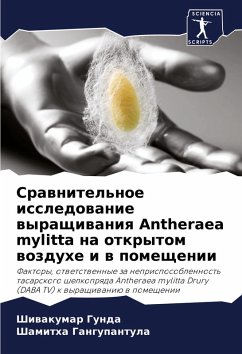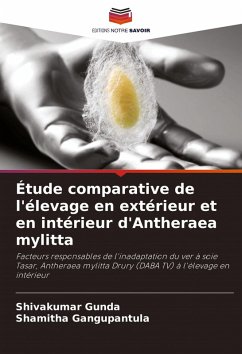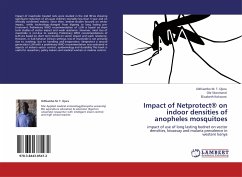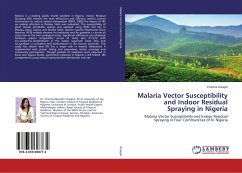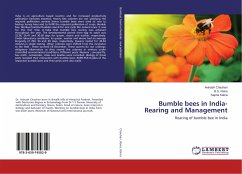
A comparative study of Outdoor and Indoor rearing of Antheraea mylitta
Factors Responsible for Non-Adaptability of Tasar Silkworm, Antheraea mylitta Drury (DABA TV) to Indoor Rearing
Herausgegeben: Gangupantula, Shamitha
Versandkostenfrei!
Versandfertig in 6-10 Tagen
55,99 €
inkl. MwSt.

PAYBACK Punkte
28 °P sammeln!
The Indian, tropical Tasar silkworm, Antheraea mylitta Drury, a wild silk-producing insect (Saturniidae), having about 44 ecoraces is distributed in various geographical regions in India. It is a polyphagous insect, primarily feeding on Terminalia arjuna, T. tomentosa and Shorea robusta and a host of other secondary food plants. The rearing being outdoors, the larvae face heavy mortality due to predators, parasites, irregular hatching of eggs leading to prolonged larval period, erratic moth emergence and climatic hazards. In order to overcome these problems, consistent efforts are being made t...
The Indian, tropical Tasar silkworm, Antheraea mylitta Drury, a wild silk-producing insect (Saturniidae), having about 44 ecoraces is distributed in various geographical regions in India. It is a polyphagous insect, primarily feeding on Terminalia arjuna, T. tomentosa and Shorea robusta and a host of other secondary food plants. The rearing being outdoors, the larvae face heavy mortality due to predators, parasites, irregular hatching of eggs leading to prolonged larval period, erratic moth emergence and climatic hazards. In order to overcome these problems, consistent efforts are being made towards "indoor rearing" from first instar to spinning. This concept has been evolved to stabilize tasar production and improve economic conditions of farmers, mainly, the tribals, who follow traditional tasar culture. In the present investigation, a comparative account of rearing performance, biochemical profile and post-cocoon characters of Tasar silkworm, A.mylitta (DabaTV) reared simultaneously in outdoor and indoor conditions is reported



